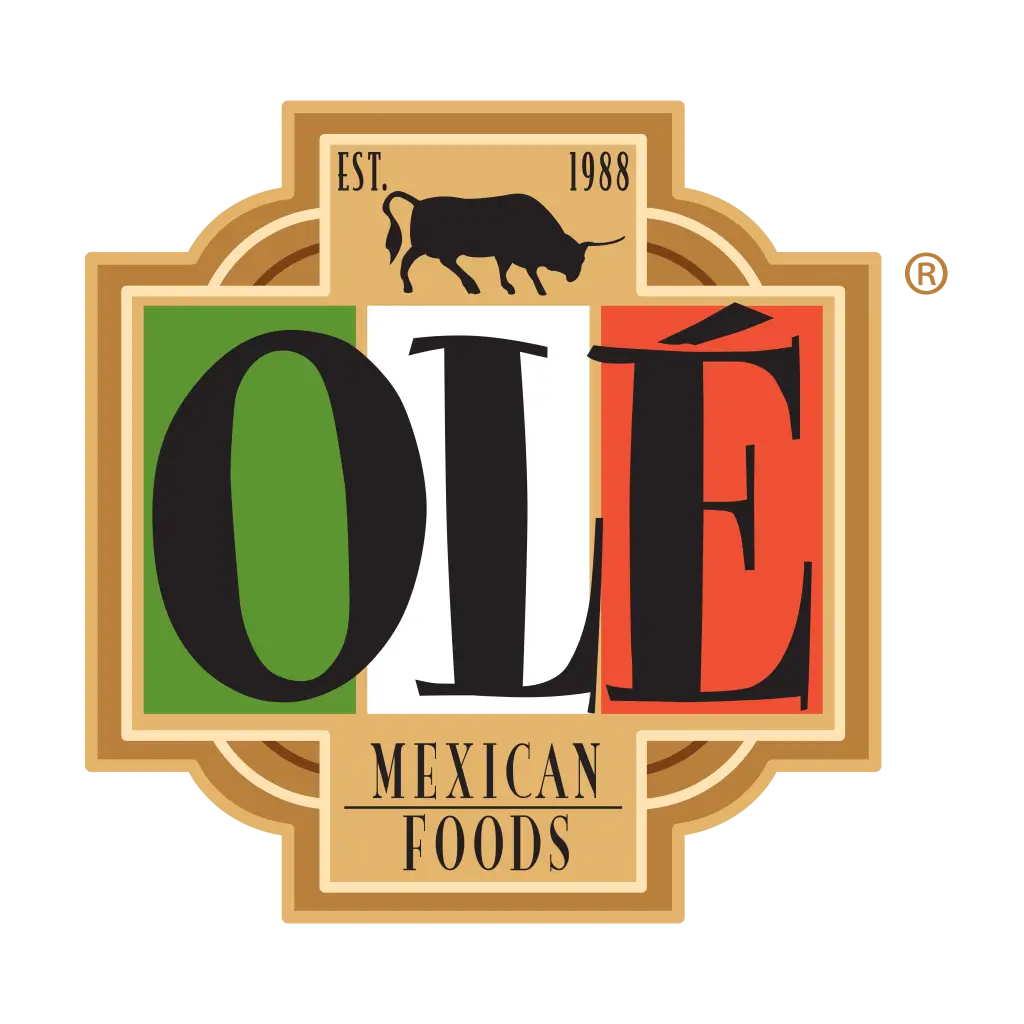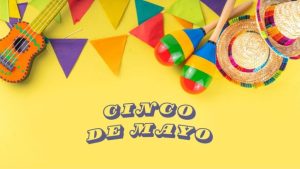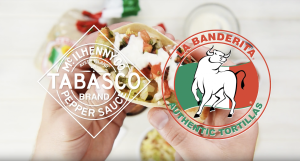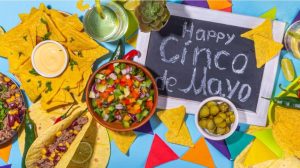Cinco de Mayo History: From Puebla to Present Day
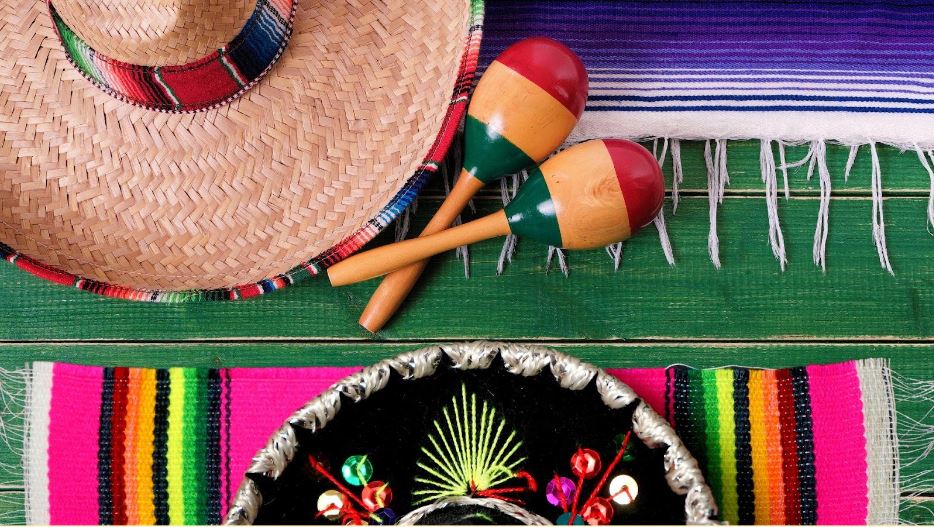
Cinco de Mayo, often misrepresented as Mexico’s Independence Day, holds a rich historical significance that transcends borders and cultural divides. Despite its mistaken identity, Cinco de Mayo stands as a testament to Mexican resilience and unity. This detailed exploration will unravel the true historical underpinnings of the holiday, festive details, and how its legacy continues to shape cultural narratives around the world, especially in the United States.

Unveiling the Historical Tapestry of Cinco de Mayo
Beneath the surface of vibrant celebrations and festivity, Cinco de Mayo harbors a deep historical essence that narrates the story of an unlikely victory, national pride, and the enduring spirit of a people. Let’s dig into the past and uncover the threads that make up this colorful tapestry.
A. Origins of Cinco de Mayo
The roots of Cinco de Mayo extend deep into the heart of Mexico’s past. Its lineage can be traced back to the post-colonial era, characterized by political instability and economic volatility. The mid-19th century was a tumultuous time for Mexico; the nation was struggling to recover from years of war and the devastation of its economy.
In 1861, Mexico found itself in an untenable position following President Benito Juarez’s suspension of debt payments to foreign governments for two years. This triggered a coalition of France, Spain, and Britain to invade Mexico in pursuit of repayment. However, after negotiations, both Britain and Spain withdrew. Napoleon III, the then ruler of France, had other plans and saw the opportunity as a means to establish a French empire in Mexico.
B. The Battle of Puebla: History and Historical Significance
On May 5th, 1862, in the city of Puebla, a small and ill-equipped Mexican army, led by General Ignacio Zaragoza, valiantly defended against a much larger and sophisticated French military force. The Mexican victory at the Battle of Puebla was an unexpected turn of events, as they faced seemingly insurmountable odds — a moment that celebrated valor against overwhelming odds.
The battle at Puebla was much more than a military victory; it symbolized Mexican unity and marked a decisive stand against foreign intervention. Though the French would later prevail and Emperor Maximilian I was installed, the people of Mexico continued to resist until the intervention of the United States. And in that first encounter at Puebla, a national pride was born, fusing the Mexican spirit with a legacy of bravery and independence.
C. The Evolution of Cinco de Mayo Celebrations
Initially, the annual observation of Cinco de Mayo was largely confined to the state of Puebla. Over time, however, it grew to become a celebration of Mexican resistance, as waves of immigration spread the significance of the day further northwards, especially to the United States. Today, Cinco de Mayo is a mosaic of tradition, culture, and remembrance, celebrated around the world.
Cultural Significance and Celebratory Traditions
The essence and vibrancy of Cinco de Mayo transcends geographical boundaries, transforming into a global symbol of triumph and cultural pride. Here’s how its significant historical backdrop enriches its celebratory traditions and fosters a deeper understanding of its cultural significance across the world.
A. Cinco de Mayo in Mexico vs. the United States
In its homeland, Cinco de Mayo traditionally entails military parades, re-enactments, and recitals that honor the day of the Battle of Puebla. The day symbolizes unity and persistence and is an official holiday in the state of Puebla. In contrast, Cinco de Mayo celebrations in the United States have evolved into a broader recognition of Mexican culture, often highlighted by festive gatherings, music, dances, and authentic cuisine.
B. The Flavors and Customs of Cinco de Mayo
An integral part of Cinco de Mayo celebrations is the sharing of delectable Mexican dishes and traditional beverages. From the richness of mole poblano, a traditional sauce, to the vivacity of margaritas, the culinary delights of Cinco de Mayo reflect the immense diversity of Mexico’s regional cuisines. Customary customs range from the impressive Day of the Dead altars to the vibrant palette of Papel Picado banners.
Modern Observance and Cultural Influence
As Cinco de Mayo’s rich history melds with contemporary celebrations, it shapes a modern observance that is both a reflection of cultural heritage and an evolving tradition. Today’s festivities continue to honor the past while navigating the influences of globalization and cultural exchange, embodying a dynamic fusion of tradition and contemporary cultural relevance.
A. How Cinco de Mayo Is Celebrated Today
In contemporary times, the holiday has become a mainstream event, celebrated with fervor especially in the United States. Festivities often include street festivals, live music, folkloric dances, and an array of cultural demonstrations. It has also become a day to honor Mexican contributions to American society, with celebrations that crossover to showcase respect and appreciation for the rich cultural heritage.
B. Influence on Popular Culture and Commercialization
The cultural impact of Cinco de Mayo has extended into popular culture, with its imagery and influence appearing in various forms of media and the arts. However, this broad adoption has its critics, who caution against the commercialization and potential dilution of the holiday’s historical significance.
The Battle’s Effect on Puebla and Its Modern Landscape
While the grandeur of Cinco de Mayo celebrations resonates globally, the city of Puebla remains the heart where this historical triumph pulsates most vividly amidst its modern landscape.
A. Socio-Economic Impacts of the Battle of Puebla
The Battle of Puebla not only turned the tide of the immediate conflict but also had lasting socio-economic repercussions. The defense of Puebla not only stemmed an imminent threat to the Mexican forces but also ignited a sense of national unity. The battle was a catalyst for reinforcing Mexican identity and fueling the nation’s commitment to self-determination.
B. Puebla’s Cultural Heritage and Tourism
The city of Puebla, therefore, stands as a custodian of Cinco de Mayo’s legacy, and its rich cultural heritage is showcased through vibrant architecture, iconic landmarks, and a range of historic sites. These elements of the past, intricately woven into the fabric of modern Puebla, continue to attract national and international tourists, seeking to touch the spirit of Mexican history and honor the brave soldiers who fought for their homeland.
Relevance and Legacy: Lessons from Cinco de Mayo
Cinco de Mayo, beyond its vibrant celebrations and colorful traditions, carries profound historical import and valuable lessons that resonate with modern society. Let’s explore the lasting impact of this historic date, examining its relevance through the lens of cultural identity, unity, and the enduring legacy of resilience and freedom.
A. Understanding the Global Significance
Though sometimes overshadowed by the more widely celebrated Mexican Independence Day, Cinco de Mayo’s global relevance is profound. It serves as a universal story of human willpower and unity against adversity and foreign intervention, resonating with people across different cultures and nations.
B. Nurturing the Cultural Legacy
The legacy of Cinco de Mayo history encourages the preservation and promotion of cultural traditions, fostering cross-cultural exchange and mutual appreciation. By commemorating the day, we honor Mexico’s past while looking forward to a future where cultural heritage stands as a bridge, not a barrier, between different peoples.
Conclusion: Embracing Cinco de Mayo History With Respect and Understanding
Cinco de Mayo has transformed from a regional holiday in Mexico to a global celebration of culture and resilience. By understanding its historical origins and evolution, we can celebrate the day with the respect and appreciation it deserves, ensuring that the vibrant tapestry of Mexican heritage remains an integral part of our collective human experience. Whether you’re savoring a delicious authentic Mexican dish or joining in the festivities, take a moment to reflect on the profound history that unites us all on this remarkable day.
